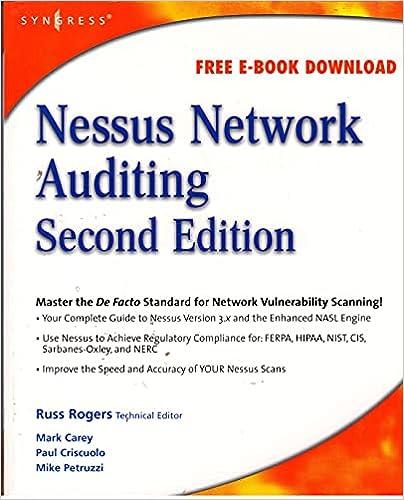Question
My issue is with question B. I'm not quite sure how to do the operating cycle worksheet without other company information.
B.) select two other real companies that are in the same industry and complete the operating cycle worksheet, along with the working capital and ratio analysis. Briefly summarize and interpret the results. To simplify the analysis, you may use ending balances to compute turnover ratios. 



discussed in the chapter, an important consideration in evaluating current company's operating cycle. The is the average time required to go from cash to cash in generating revenue. To determine the length of the cycle, analysts use two measures: the average d to sell inventory (inventory days) and the average days to col- ert vables days). The inventory-days computation measures the average number of days it takes to move an hem from raw materials or purchase to final sale (from the day it comes in the is sh or an account receivable). The receivable company's the it takes to collect days computation measures the number days n act businesses must then determine how to finance the period of time when the liquid assets are tied up in inventory and nts recei To much to finance, companies first determine accounts payable days-how long it takes to creditors. Accounts payable days the number of days it takes to pay a supplier invoice, Consider the following ating cycle worksheet for BOP Clothing Co BOP Clothing Co. 2016 2017 Accounts receivable 325,000 Accounts payable 720,000 1,100,000 Cost of goods sold 1,145,000 1,455,000 1,750,000 1,950,000 Operating Cycle Inventory days Receivable days 6,7 261.5 Less: Accounts payable days Days to be financed Working capital Current ral Acid-test ra 0,46 Inventory days (Inventory x 365) Cost of goods sold Accounts receivable X 365 Accounts payable days (Accounts payable x365 Purchases Purchases Cost of goods sold Ending inventory Beginning inventory. The ratios above assume that other current assets and liabilities are negligible. These data indicate that BOP has reduced its overall operating cycle (to 261.5 days) as well as the number of days to be financed with sources of funds other than accounts payable (from 78 to 63 days). Most businesses cannot finance the oper- ating cycle with accounts payable financing alone, so working capital financing, usually short-term interest-bearing loans, is needed to cover the shortfall. In this case, BOP would need to borrow less money to finance its operating cycle in 2017 than in 2016 discussed in the chapter, an important consideration in evaluating current company's operating cycle. The is the average time required to go from cash to cash in generating revenue. To determine the length of the cycle, analysts use two measures: the average d to sell inventory (inventory days) and the average days to col- ert vables days). The inventory-days computation measures the average number of days it takes to move an hem from raw materials or purchase to final sale (from the day it comes in the is sh or an account receivable). The receivable company's the it takes to collect days computation measures the number days n act businesses must then determine how to finance the period of time when the liquid assets are tied up in inventory and nts recei To much to finance, companies first determine accounts payable days-how long it takes to creditors. Accounts payable days the number of days it takes to pay a supplier invoice, Consider the following ating cycle worksheet for BOP Clothing Co BOP Clothing Co. 2016 2017 Accounts receivable 325,000 Accounts payable 720,000 1,100,000 Cost of goods sold 1,145,000 1,455,000 1,750,000 1,950,000 Operating Cycle Inventory days Receivable days 6,7 261.5 Less: Accounts payable days Days to be financed Working capital Current ral Acid-test ra 0,46 Inventory days (Inventory x 365) Cost of goods sold Accounts receivable X 365 Accounts payable days (Accounts payable x365 Purchases Purchases Cost of goods sold Ending inventory Beginning inventory. The ratios above assume that other current assets and liabilities are negligible. These data indicate that BOP has reduced its overall operating cycle (to 261.5 days) as well as the number of days to be financed with sources of funds other than accounts payable (from 78 to 63 days). Most businesses cannot finance the oper- ating cycle with accounts payable financing alone, so working capital financing, usually short-term interest-bearing loans, is needed to cover the shortfall. In this case, BOP would need to borrow less money to finance its operating cycle in 2017 than in 2016










